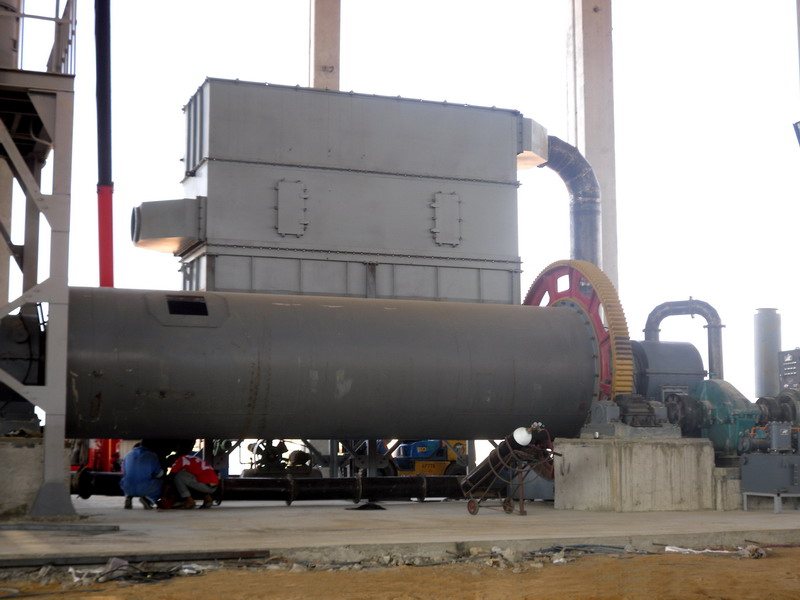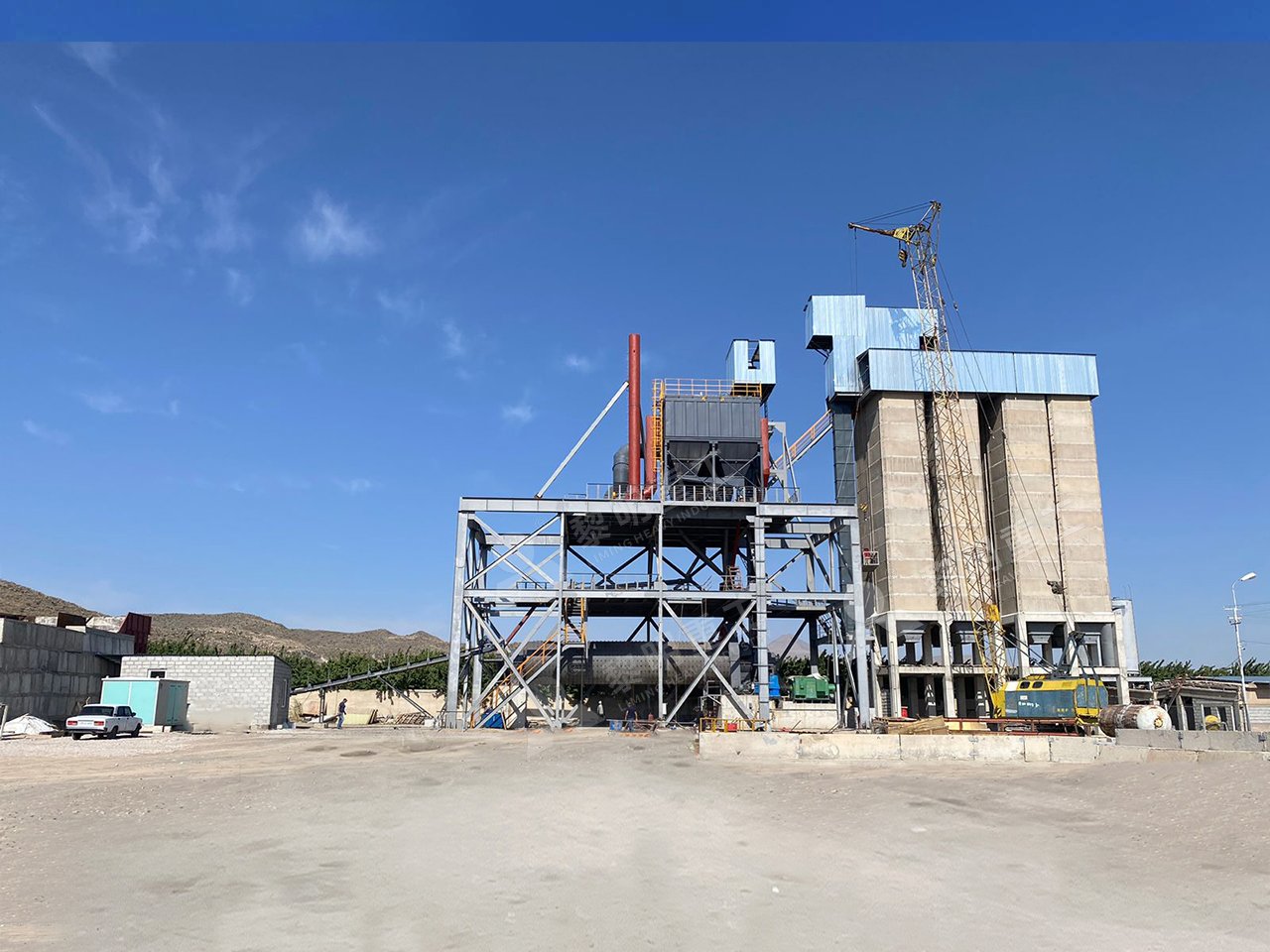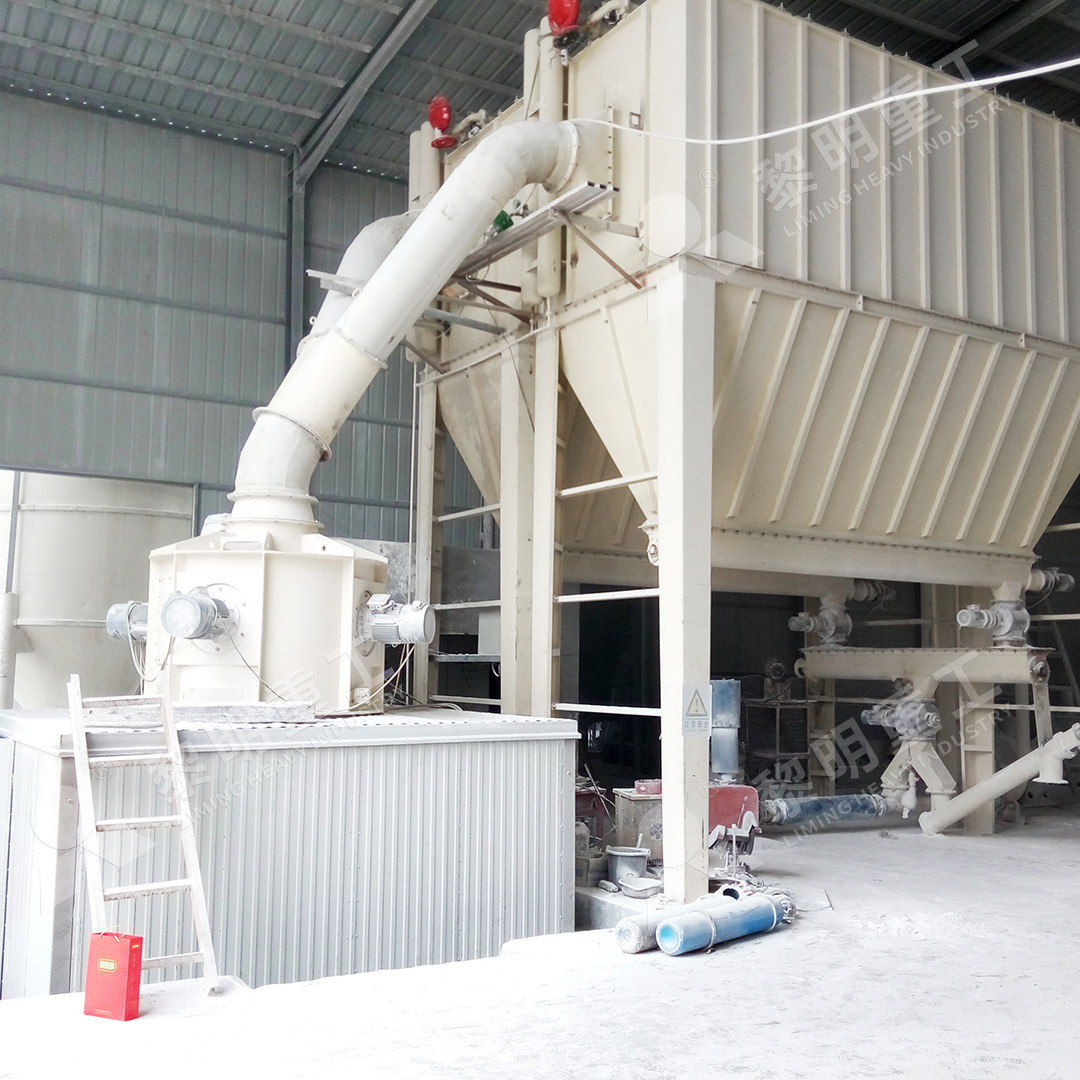Inclined Ball Mill Working Principle and Operational Guide
We provide a wide range of mills — including Raymond mill, trapezoidal mill, vertical mill, ultrafine mill, and ball mill, obtained ISO9001 international quality certification, EU CE certification, and Customs Union CU-TR certification. Suitable for processing minerals such as limestone, phosphate, quicklime, kaolin, talc, barite, bentonite, calcium carbonate, dolomite, coal, gypsum, clay, carbon black, slag, cement raw materials, cement clinker, and more.
The discharge range of these mills can be adjusted to meet specific processing needs, typically from 80-400 mesh, 600-3250 mesh, and can achieve the finest particle size of up to 6000 mesh(D50).
If you are looking for a reliable grinding solution to turn stone or minerals into fine powder, please feel free to contact our online customer service.
Inclined Ball Mill Working Principle and Operational Guide
For many in the mineral processing and chemical industries, the inclined ball mill remains a workhorse for intermediate grinding tasks. While newer technologies like our own MW Ultrafine Grinding Mill offer superior efficiency for ultra-fine applications, understanding the fundamentals of ball mill operation is crucial for plant engineers and operators. This guide will walk you through the core working principle and provide essential operational best practices.
Core Working Principle: Impact and Attrition
At its heart, an inclined ball mill is a relatively simple machine. It consists of a rotating cylindrical shell, typically lined with abrasion-resistant material like manganese steel, that is partially filled with grinding media—usually steel or ceramic balls. The “inclined” aspect refers to the slight tilt of the rotational axis, which aids in the discharge of ground material.

The motor drives the rotation of the shell via a pinion gear and a girth gear. As the shell rotates, the grinding media is lifted up the side of the shell until the force of gravity overcomes centrifugal force, causing the balls to cascade down onto the material below. The grinding action is a combination of:
- Impact: The falling balls fracture larger particles by direct impact.
- Attrition: The sliding and rolling motion between balls and between balls and the liner plate abrades and shears particles into finer sizes.
The inclination of the mill, combined with the continuous feed of new material, creates a natural flow from the feed end to the discharge end, where the ground product exits, often through a grate that retains the grinding media.
Key Operational Parameters
Successful operation depends on carefully balancing several variables:
- Rotational Speed (Critical Speed %): This is paramount. Too slow, and the balls merely roll with minimal cascading action. Too fast, and centrifugal force pins the balls to the shell wall, eliminating the grinding action entirely. Operators typically run at 65%-80% of the critical speed.
- Grinding Media (Ball Charge): The size, density, and composition of the balls affect efficiency. A mix of ball sizes is often used to handle the variety of particle sizes in the feed. The charge volume is usually 25% to 45% of the mill’s internal volume.
- Feed Rate & Material Characteristics: The hardness, size, and moisture content of the feed material must be matched to the mill’s capacity. Overfeeding leads to poor grinding, while underfeeding results in excessive media wear.
- Slurry Density (for wet grinding): The concentration of solids in the slurry is critical for efficient particle-to-media contact and transport.

Common Challenges and Troubleshooting
Even a well-designed mill can face issues. Here’s a quick guide:
- Low Output or Coarse Product: Often caused by low ball charge, worn balls/liners, low feed rate, or incorrect slurry density.
- Overheating: Can be due to overloading, insufficient cooling, or a lack of lubrication in the drive bearings.
- Excessive Vibration/Noise: Usually indicates mechanical problems like worn gears, a misaligned pinion, or an unbalanced charge.
- High Power Consumption: Frequently a sign of overloading or running the mill at an incorrect speed.
Knowing When to Upgrade Your Technology
While robust, traditional ball mills have limitations in energy efficiency, noise, and their ability to produce ultra-fine powders consistently. For operations requiring fineness beyond 325 mesh, newer mill designs offer significant advantages.
For instance, our MW Ultrafine Grinding Mill is engineered to adress these very challenges. It’s designed for customers who need to make ultra-fine powder (adjustable between 325-2500 meshes!) with higher yielding and lower energy consumption. A key feature is the absence of rolling bearings and screws in the grinding chamber, eliminating common failure points and allowing for external lubrication without shutdown. Equipped with an efficient pulse dust collector and muffler, its operation is significantly more eco-friendly and quieter than a traditional ball mill setup. If your application involves materials like limestone, calcite, dolomite, or talc for industries like chemicals, paint, or cosmetics, the MW series represents a modern, high-efficiency solution worth considering.

Conclusion
Mastering the inclined ball mill requires a blend of mechanical understanding and process intuition. By respecting the principles of critical speed, media charge, and material flow, operators can maintain efficiency and prolong equipment life. However, for the most demanding fine and ultra-fine grinding applications, exploring advanced solutions like our MW Ultrafine Grinding Mill can lead to substantial gains in productivity, product quality, and operational cost savings. Always remember to consult your mill’s specific manual and prioritize safety above all else during operation and maintenance.
